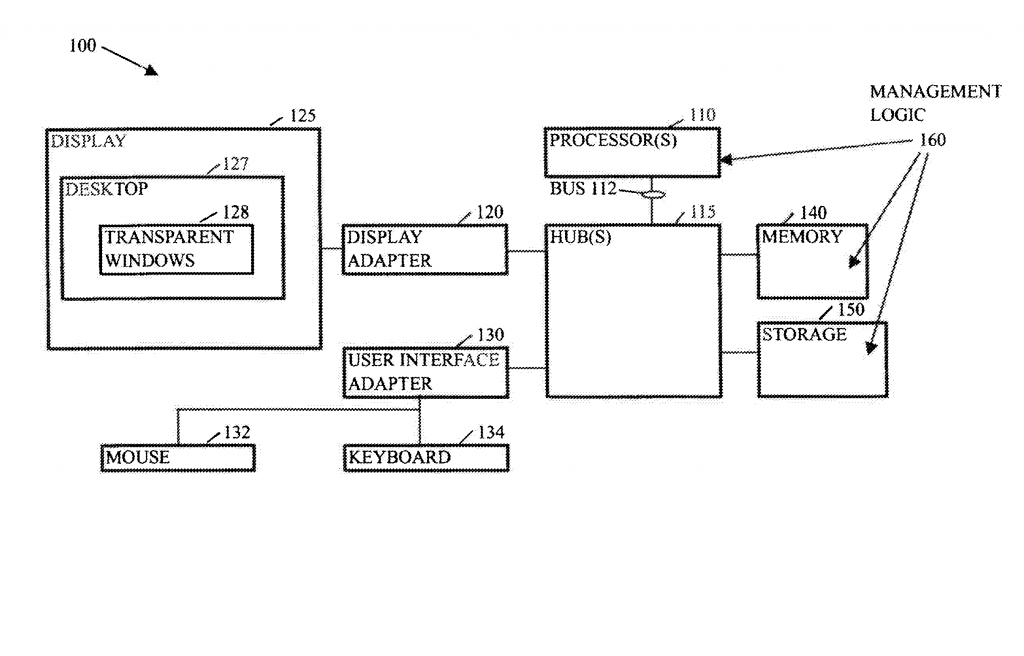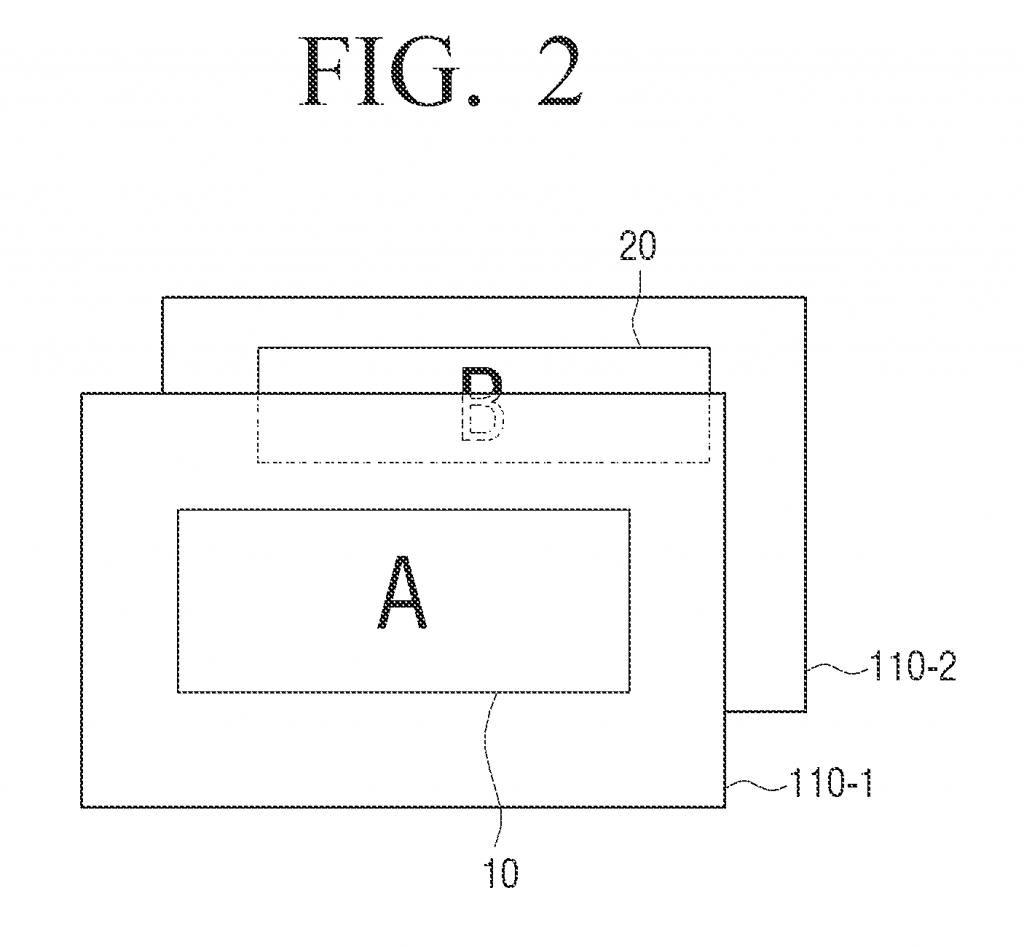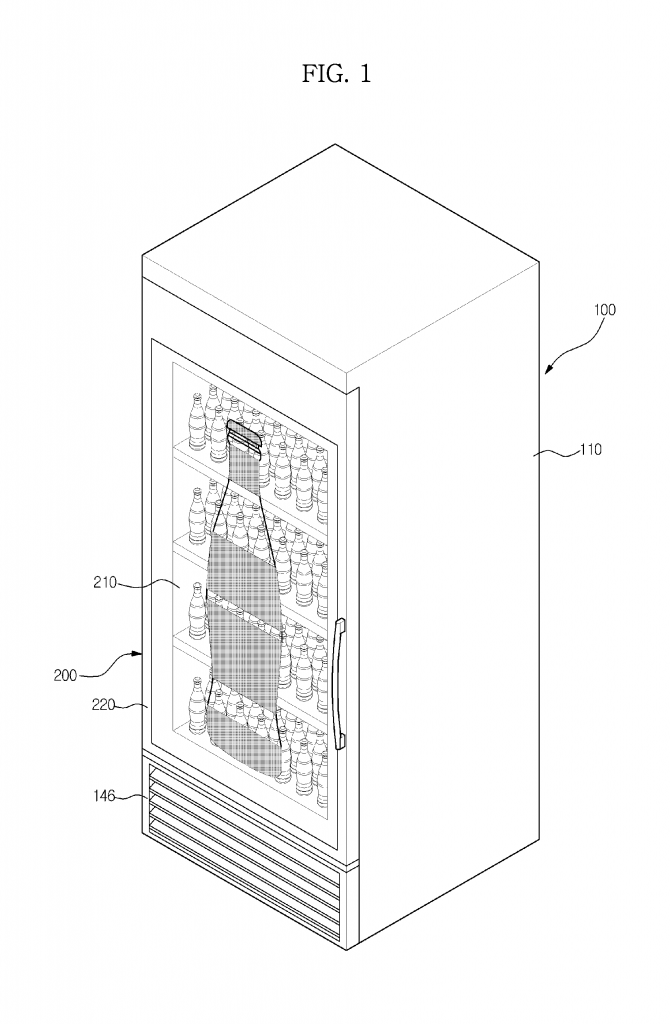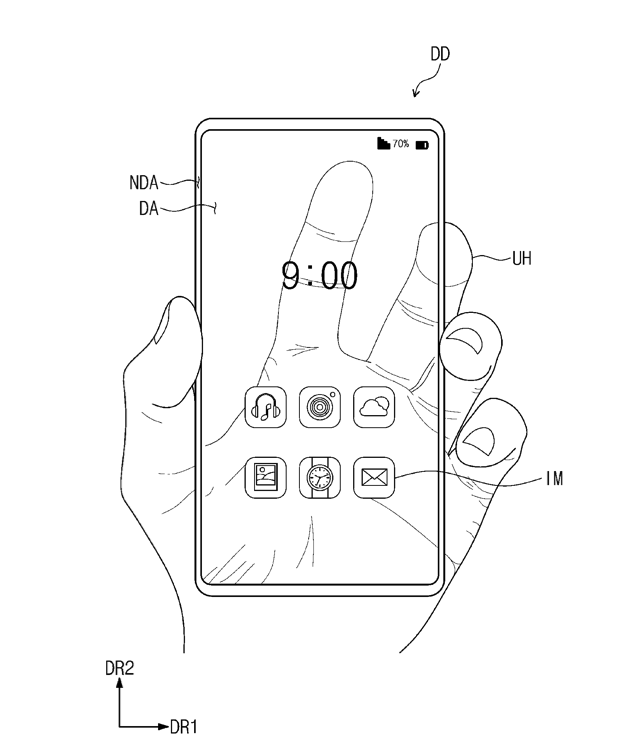How to Represent Transparent Patent Drawings? As we said in our article, “Why Drawings Can Make or Break Your Patent Application,” patent drawings are an essential part of either utility or design patents.
But what do you do if one of your patent is for a product that’s transparent? How do you accurately depict transparency? The US Patent Office does not specify a way to indicate transparency. There are a number of different approaches taken in patent applications.
One approach, taken by IBM in their US patent application US20190258387 is to simply label the relevant section “transparent.”



While that approach might work OK with the patent office, it misses out on one of the benefits of patent drawings – a tool to help visualize the invention.
In US Patent US9865224, Samsung used dashed lines in an attempt to show something that was behind a transparent layer.



The problem with using this approach is that it might be a little confusing to someone used to looking at patent drawings because dashed lines are generally used to indicate something that’s hidden, and in this case, it’s supposed to indicate something visible behind the “A” layer.
In US Patent 10534458, Samsung uses a different approach – dark lines, with lighter lines indicating the things that are seen through the transparent layer.
Get error-free patent drawings in 4-6 days. Free Unlimited Revisions. Price starts at $30.



Patent for a transparent display device
Samsung recently applied for a patent for a “Transparent Display Device,” which could be a phone or other hand-held device. They came up with a good way to show the transparency: the drawing includes a hand, that obviously is not part of the invention, and it is drawn in lighter lines than the invention itself.



There are many ways to indicate transparency in a patent drawing. In general, we’d say the preferred method is to use a combination of something that’s clearly not part of the invention – such as the hand – with lighter lines to help indicate transparency. Dashed lines or other forms of broken lines have specific meanings in patent drawings and should be avoided for purposes of indicating transparency as the meaning might be misconstrued.
That’s all for today.
I hope this article helps you understand how to represent your transparent patent drawings accurately.
